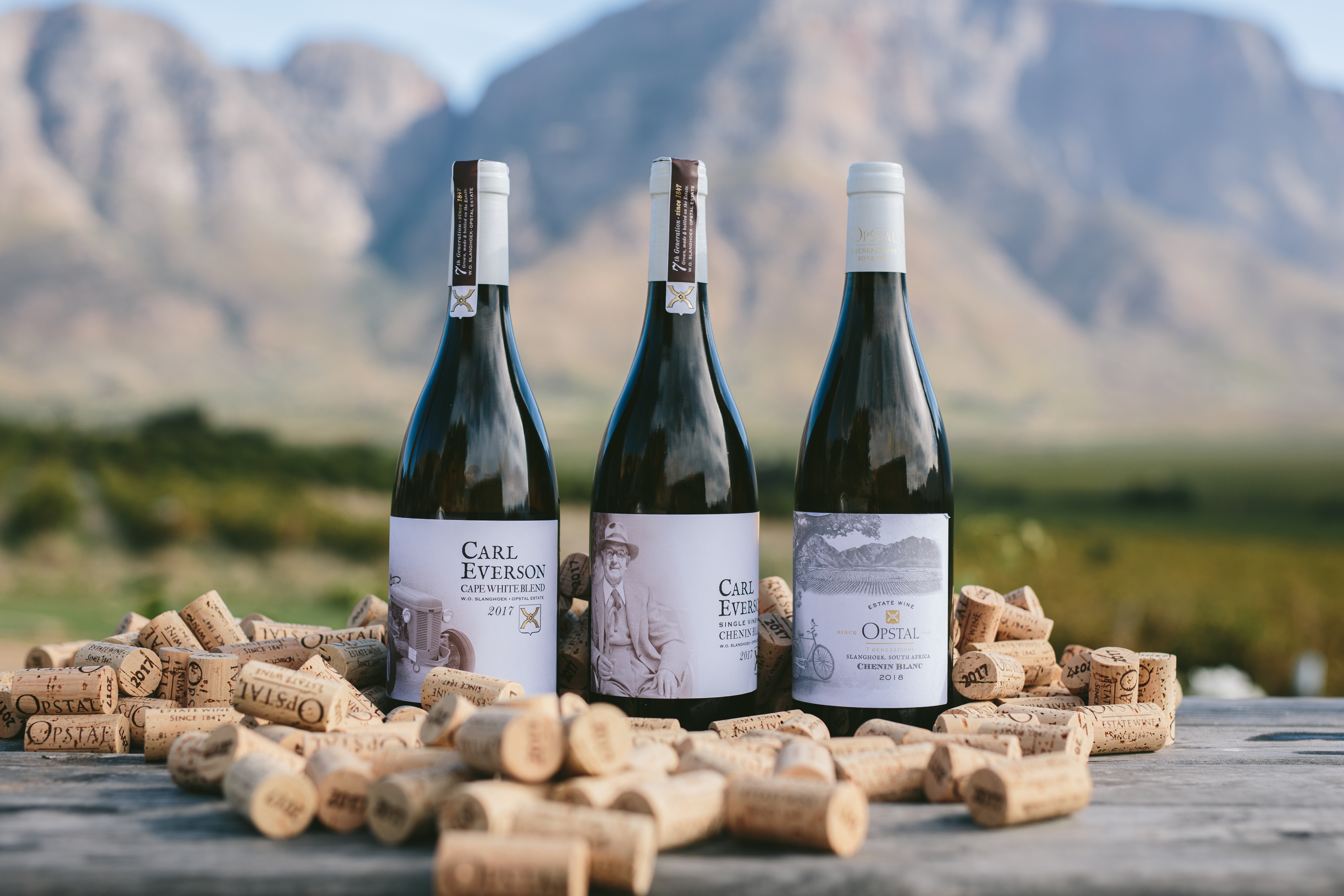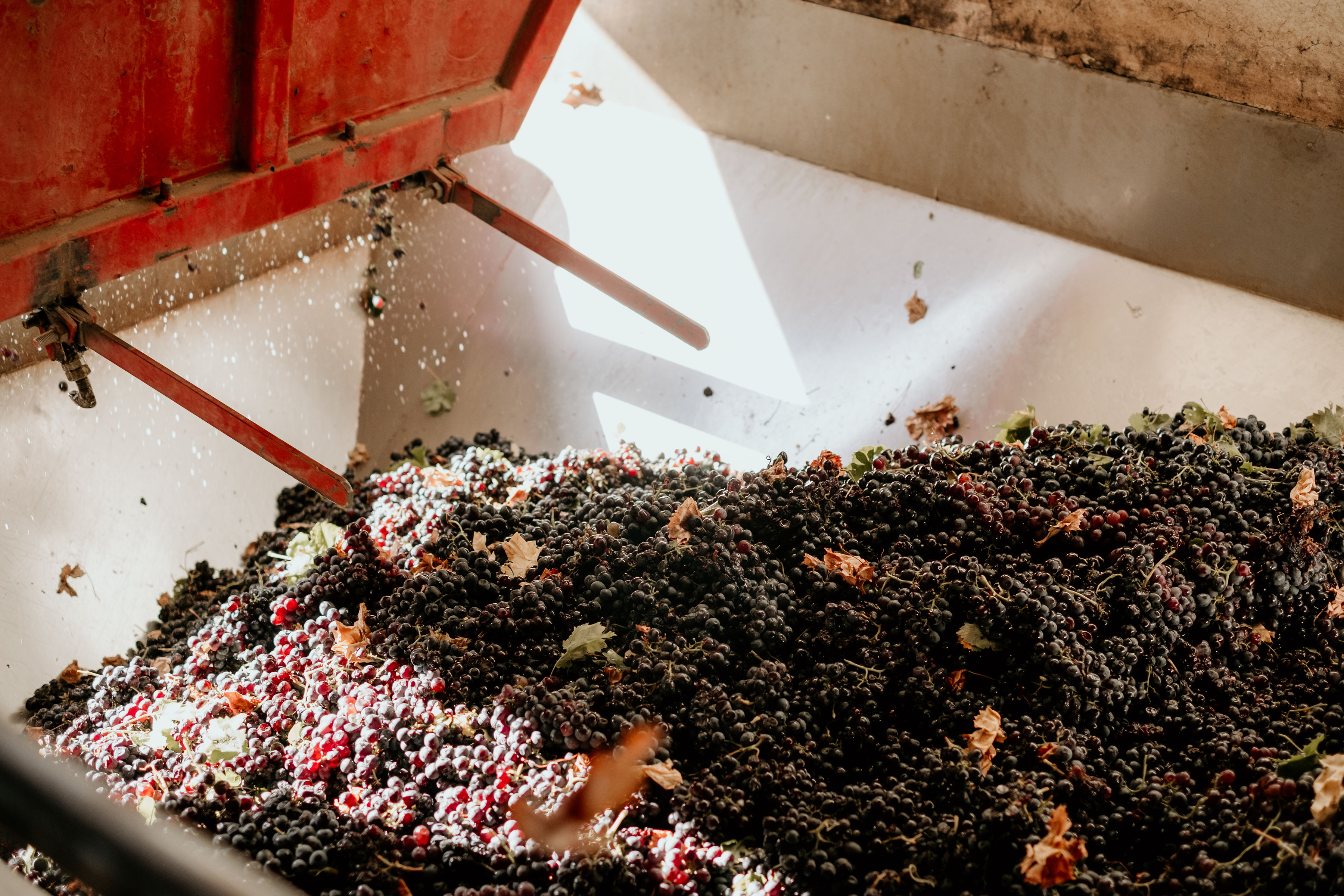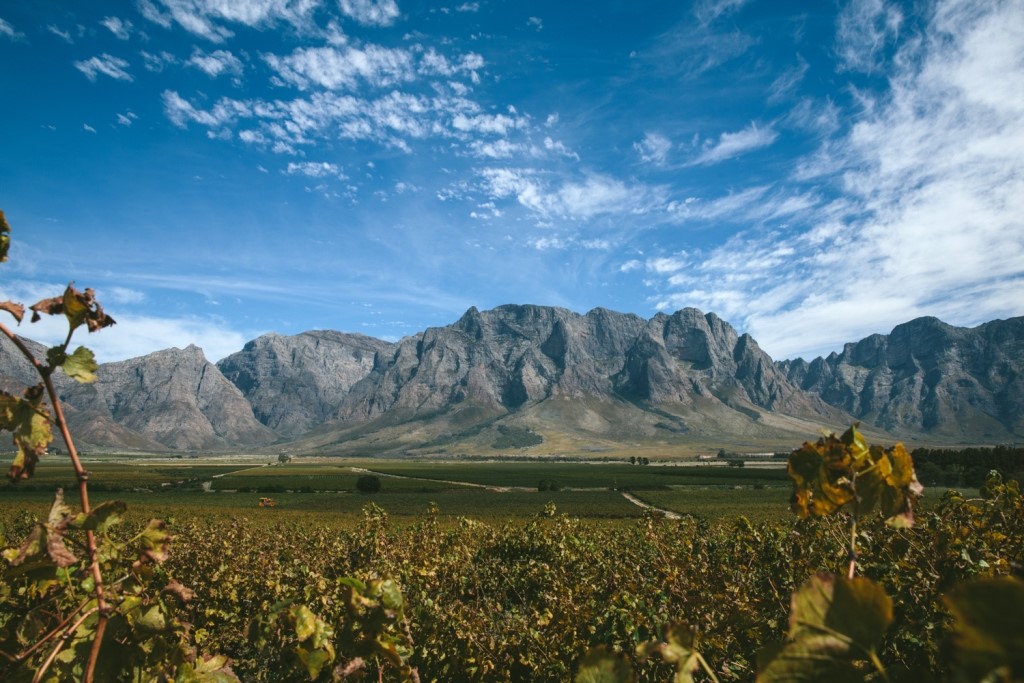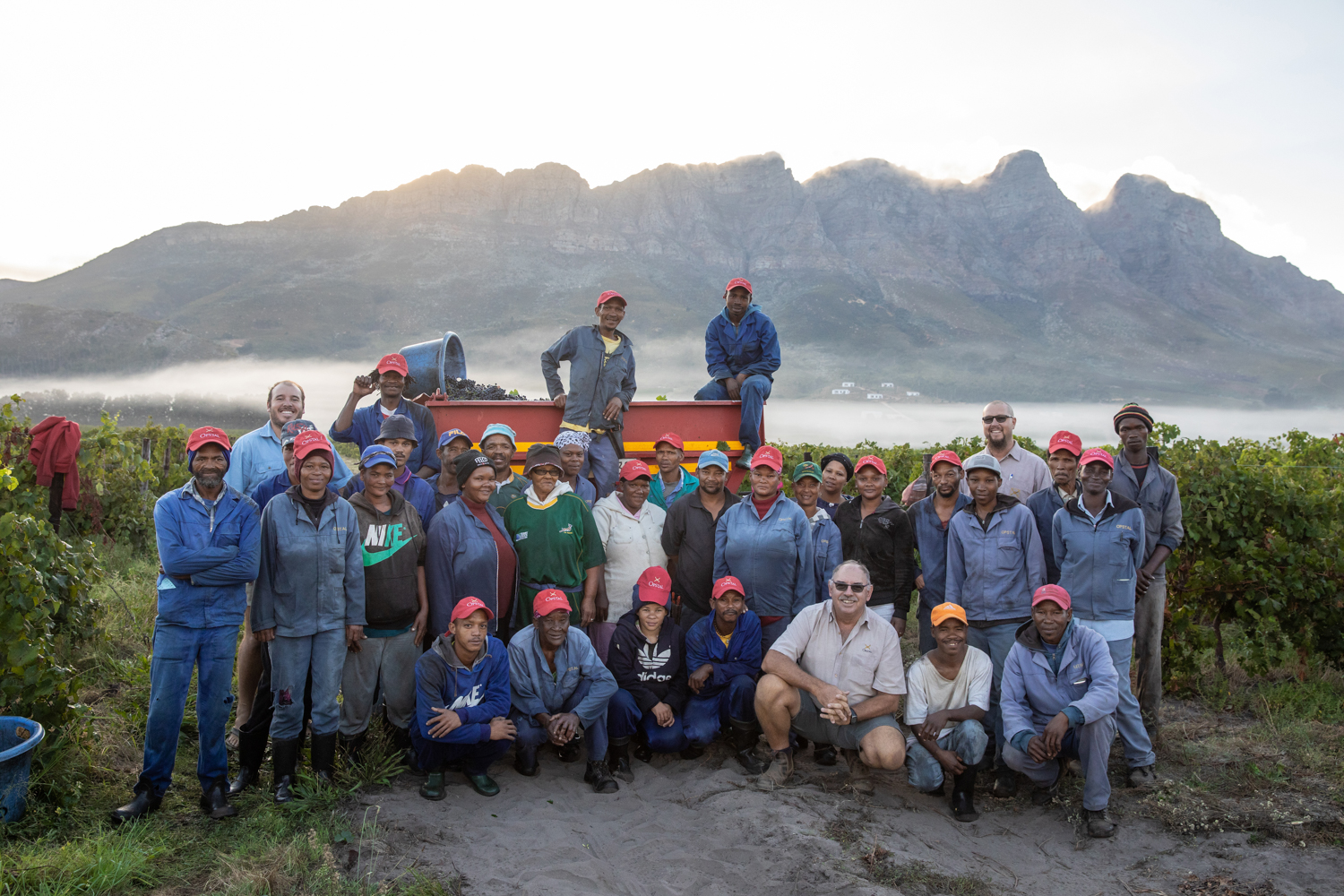Wine Trailblazers: Attie Louw
Attie Louw is as refreshing as one of his chenin blancs; humble and down-to-earth, he emanates kindness like a second skin. There’s no chip on this shoulder, no point to prove – he’s simply passionate about family and about chenin blanc. He’s the winemaker (slash marketer) for Opstal Estate, located up on a ridge in the Slanghoek Valley (a sub-region of the Breedekloof).
Opstal is his ancestral home; his family have been here for seven generations, the farm goes to 1847, as does the homestead where he resides with his young family. Once largely an area known for its wine co-op, where local growers would send their grapes; it was 4th generation Carl Everson who changed track and decided to make his own wine instead, setting in motion a single-mindedness inherited by his descendants.
An impossibly beautiful place, the Breede River Valley could be the stony stage for the likes of King Arthur or Lord of the Rings – an epic come to life. It has a long, wide valley, scooped out between staggering rocky mountains, strung with waterfalls in the summer, capped with snow in the winter. The Breede River and its tributaries are responsible for its agricultural success, a lifeblood pumping through its sedimentary veins for time immemorial.
The first time I met Attie was in the tasting room at Opstal, over a decade ago. He lit up my imagination with legends from the area, the most famous of which is how the Slanghoek (snake corner) got its name. The San people, who inhabited this terrain over ten thousand years ago, were said to have been terrified of a snake with an emerald on its head, whose dominion was the wetlands of the river.
At that first meeting Opstal’s wines and indeed the area as a whole were not widely known. Attie, along with a few like-minded producers, can be credited for putting the Breedekloof firmly on the map, their battle cry being the region’s masterful chenin blancs, the climatic attributes to thank for this. The mountain terroir provides high diurnal swings resulting in long ripening seasons, and the wines in return have a sun-warmed ripeness of fruit, but with fresh acid from cool nights as well as an inimitable mineral seam from the granitic soils, peppered with river pebbles and shale.
Rightly passionate about the region’s chenin blanc, Attie decided to look back to move forward, using Carl Everson as inspiration by making a chenin bearing his name in 2012. A wine that has since shot out all the lights both locally and globally, garnering countless accolades and plenty of high praise from the world’s most respected critics.

I caught up with Attie just before harvest at Opstal had begun. “You see we are cooler,” he said laughing when I remarked it seems a bit late.
.jpg)

“Eight years ago I was intimidated by the challenge of promoting of our region’s wines, but these days I’m much more self confident, much more assured. I can see the big picture in front of me.”
One he started sketching out when he decided, like his great-great-great grandfather Carl Everson, to go against the grain. He did this by making a wine that was the opposite of the inoculated commercial chenins of the time. Made from a single vineyard planted in 1981, the grapes were naturally fermented in old French oak and left on the gross lees for extended maturation. When first presenting the wine to the producers of the area – all of whom were at least ten years his senior – he was first met with resistance; one winemaker apparently said to him ‘is jy befok!’ (Are you mad!) But once the awards started rolling in, they quickly came around.
The inaugural vintage received a Platter’s 5-star and has since consistently continued to impress.
On the back of this, in 2015, the Breedekloof Makers was formed. Leading the charge, Attie and a group of like-minded winemakers created the initiative to showcase small, boutique productions of chenin blanc using minimalist winemaking techniques. The producers each committed to making a limited volume of chenin blanc from grapes grown on specially selected sites.
“We have already achieved in shifting the limiting and staid perceptions of the Breedekloof toward an image of innovation and adventure,” said Attie. “But at the end of the day it is not about the individuals running with it, but about creating an awareness of this great wine region in its entirety to the benefit of every single grape farmer, winemakers, vineyard worker and resident of the valley.”
He added that he’s taking a step back, and that other winemakers will be moving the organisation into the future.
“This excites me,” he enthused. “For BreedeMakers to have this new energy, a new structure.”
So what next for Attie? “We started experimenting with skin fermentation three years ago. I’m a big fan with what it produces – it gives the chenin this mid-palate tension and focus. Because of our soils, we produce wines of purity with bright tropical flavours that can sometimes come up a bit short texture-wise, that’s why I’ve started playing with skins.”
His plan he said is to ‘keep raising the bar’, experimenting with white blends – and even a ‘chenin prosecco’ is on the cards. “All these different experimental elements become building blocks,” he explained.
When it comes to the Breedekloof as a whole Attie underscores that it is a white wine region, with over 70 % of the plantings being so. “There is a reason for this, ‘a sense of place’ means those vines and those roots are happy where they are.”
Though that being said there are murmurs of putting the spotlight on lighter style reds, with varieties such as cinsault, carignan and grenache noir becoming the focus of many new red grape sites.
“But first,” he said empathically. “Chenin blanc.”

.jpg)

- Blog by Malu Lambert